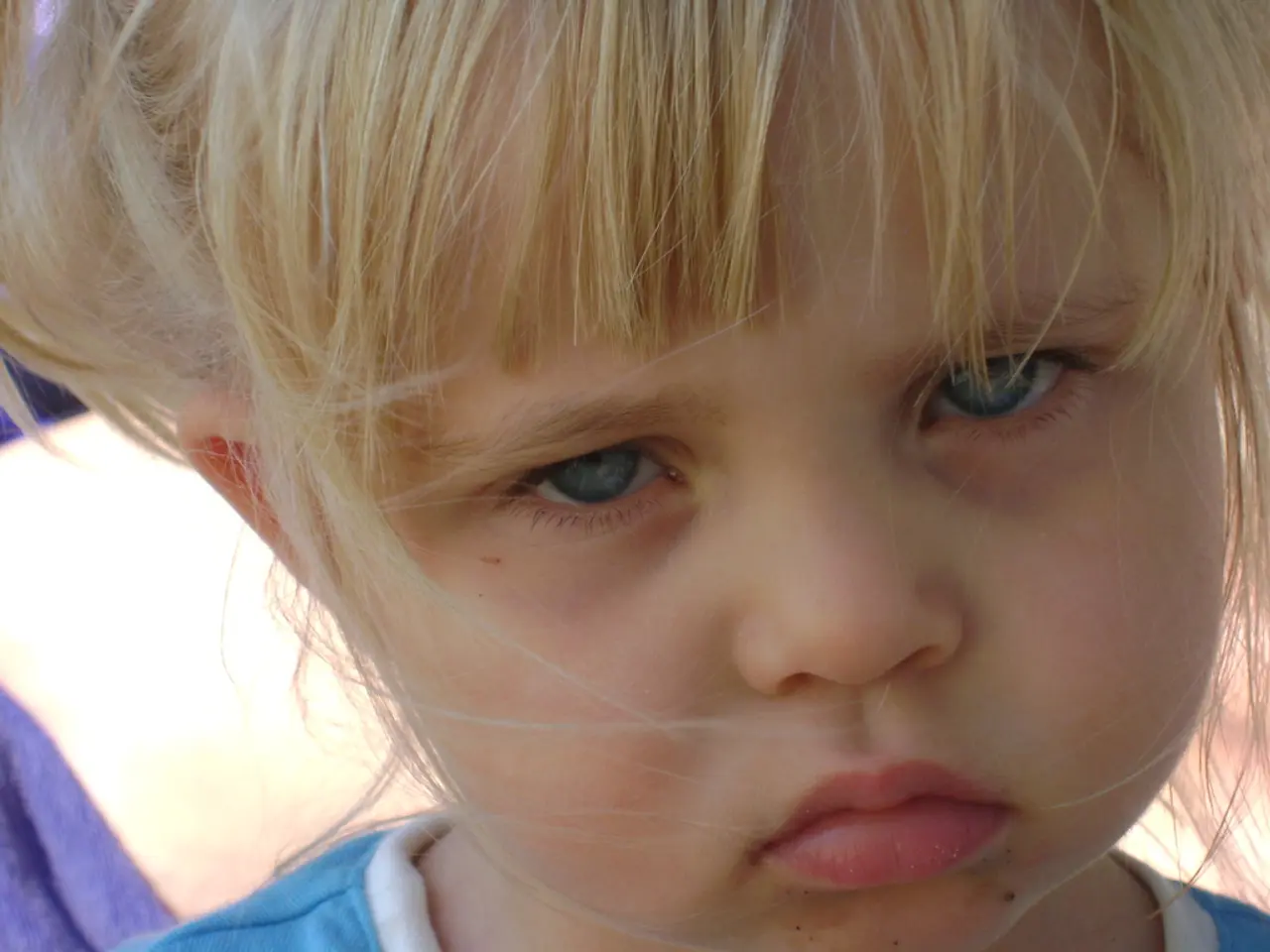Autism Spectrum Disorder: Understanding the 'Camouflage Effect' in Girls
Autism spectrum disorder (ASD) is a neurological condition that affects socialization, communication, and behavior. It's estimated that about 1 in 44 children in the United States had ASD in 2020, according to the CDC. While ASD is more commonly diagnosed in boys, girls with the condition may be underdiagnosed due to a phenomenon known as the 'camouflage effect'.
ASD encompasses three formerly separate conditions: autistic disorder, pervasive developmental disorder, not otherwise specified (PDD-NOS), and Asperger syndrome. It's diagnosed through a combination of developmental screening, a comprehensive behavioral evaluation, and sometimes genetic testing. Doctors usually diagnose ASD in early childhood, but symptoms and severity can vary greatly, making diagnosis challenging.
Autism is characterized by difficulties in communication, social interaction, and repetitive behaviors. The early signs and symptoms can vary widely. There's no known cure for ASD, and its causes are not fully understood but are believed to involve genes and other factors. Girls with ASD may be underdiagnosed because they may mask their symptoms better than boys, possibly due to higher estrogen levels and stronger social motivation. This can lead to a lower prevalence of diagnosed ASD in women, with many diagnoses occurring later in life.
ASD is classified into levels 1, 2, and 3, indicating the level of support an autistic person may need. Early intervention and customized therapies can significantly improve the lives of autistic individuals, helping them thrive and live their best life.
Autism spectrum disorder is a complex neurological condition that affects many aspects of life. While more research is needed to understand its causes and improve diagnosis, particularly in girls, early intervention and support can make a significant difference in the lives of those with ASD. As our understanding of autism continues to evolve, so too should our approach to supporting and accommodating those on the spectrum.





